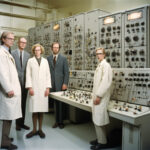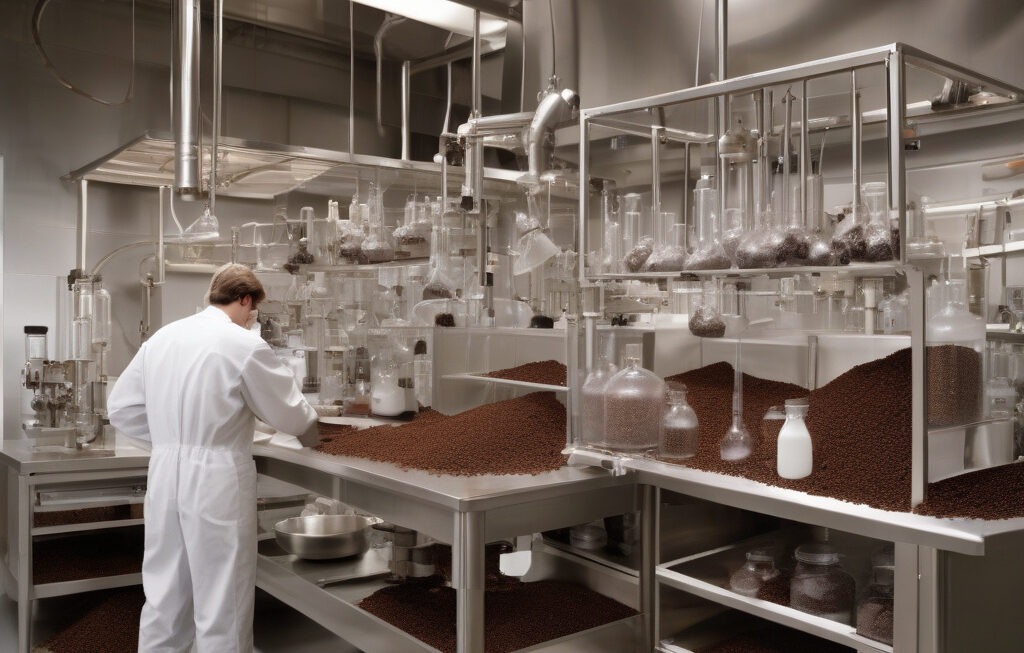From Pool-Sized to Hot Tub: US Project Shrinks Nuclear Fuel Waste with Liquid Lead
A project led by researchers from Argonne National Laboratory on transmutation technologies for used nuclear fuel has been making waves in the scientific community. The innovative approach aims to drastically reduce the volume of nuclear waste generated from power plants, transforming pool-sized waste into a hot tub’s worth of material using liquid lead.
The process involves utilizing a specialized nuclear reactor that operates on lead rather than water as a coolant. This unique setup enables the transmutation of long-lived transuranic elements found in nuclear waste into shorter-lived isotopes, significantly decreasing the time span over which the waste remains hazardous.
One of the key advantages of this approach is the potential to reduce the environmental impact of nuclear waste storage. By converting the high-level waste into shorter-lived isotopes, the project offers a more sustainable solution for managing nuclear waste in the long term. This could alleviate concerns surrounding the disposal of nuclear waste and pave the way for a more efficient use of nuclear energy.
Moreover, the use of liquid lead as a coolant presents additional benefits in terms of safety and efficiency. Compared to traditional water-cooled reactors, lead-cooled systems operate at higher temperatures, which enhances their overall thermal efficiency. This can lead to increased power output and improved energy generation from nuclear sources.
The project’s innovative nature extends beyond waste reduction and safety improvements. It also opens up possibilities for the development of advanced nuclear technologies with broader applications. Liquid lead-cooled reactors have the potential to drive advancements in areas such as space exploration, medical isotope production, and even next-generation nuclear power plants.
Furthermore, the research conducted by Argonne National Laboratory underscores the importance of ongoing innovation in the field of nuclear technology. By pushing the boundaries of what is possible, researchers are not only addressing current challenges but also laying the groundwork for future developments in the industry. This project serves as a testament to the power of collaboration and ingenuity in driving progress towards a more sustainable energy future.
As the project to shrink nuclear fuel waste to a hot tub size using liquid lead continues to unfold, it serves as a beacon of hope for the nuclear industry. By harnessing cutting-edge technologies and reimagining traditional approaches, researchers are charting a new course for nuclear energy that prioritizes safety, efficiency, and environmental responsibility.
In conclusion, the US project led by researchers from Argonne National Laboratory represents a significant milestone in the quest for more sustainable nuclear energy solutions. Through the innovative use of liquid lead and transmutation technologies, the project offers a promising pathway towards reducing nuclear waste and unlocking new possibilities in the field of nuclear science.
#NuclearEnergy, #Innovation, #Sustainability, #ArgonneNationalLaboratory, #TransmutationTechnologies












